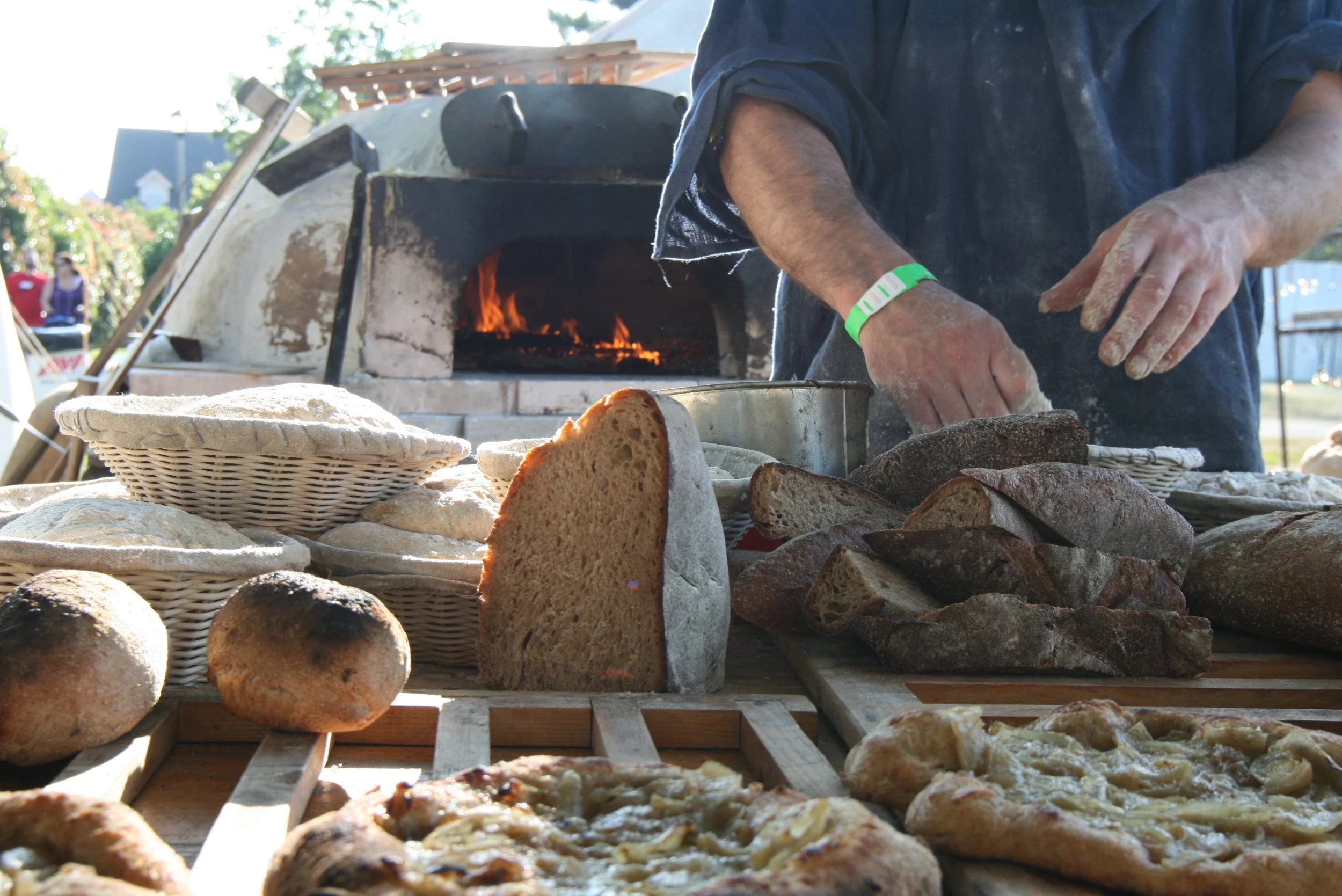Calling all Bread Makers! Join the Dream Team!
I’m so excited to share this twice monthly-ish book news with a bread of dreams recipe. I am publishing a companion book called “The Bread of Dreams: A Delicious Journey with the Mistresses of Psomi.”
Panis Focacius with Tomatoes and Thyme from my novel, Tales of the Mistress.
Read on to learn more..
Autumn has begun. The season of harvest tumbles like leaves all around us, and there’s no better time to get those fires going and bake bread.
If you love to bake, I invite you to join the Dream Team!
Hold on. I realize you might have some questions before you join.
What’s a Dream team?
The Dream Team makes the Bread of Dreams.
Do I want to be a Mistress?
If you have read the novel, then you might remember that these Mistresses of Psomi tell tales, care for fields and keep making trouble.
But you don’t have to keep any fields to be a Mistress on this Dream Team.
The Mistresses of Psomi might not be who you expect to meet when you hear the word Mistress. Remember, the Mistresses of Psomi have your back. And your bread. The Mistresses of Psomi are not kept women or men. Though if you prefer being kept as opposed to keeping things, ok by me.
Instead, the Mistresses of Psomi keep things. Like seeds and secrets and trees.
Won’t you join the Dream Team and be an honorary Mistresses? YES! I want to join.
Oh, but wait. You were about to click the link and then you realized.
I am not a woman.
(Not me, you.)
Its ok. The Mistresses of Psomi are not all women, and they are not all men either. Some of these Mistresses are quite young, and some are quite old. And if you haven’t read Tales of the Mistress, you can go here to get your copy and discover their world.
Here’s a quote from Tales of the Mistress.
“But the fire is our secret too, it lights the path to where we’re going. Fires that bake the bread of dreams are supposed to burn away everything old and make way for everything new to grow.”
If that sounds good to you, join in the testing process. Let fire be your secret and find out where we’re going. Test this first recipe and Write to me with your feedback. I’ll include your name in the forward of the book. And I’ll send you a free e-copy of the book when its published as a thank you.
First recipe up for testing is Chestnut Focaccia with Tomato and Thyme.
It’s ancient name Panis Focacius harks back to Roman times when the bread was made on the burning coals of a hot fire. This bread speaks volumes about this time of year when the seasons collide. This focaccia is sturdy and chewy. It would go fabulous with a pumpkin soup or slathered with some ripe and runny Brie.
Follow this link to the Local Grains on the Oldways website where you will also find a map with resources near you to find some of these flours and grains used in making the bread of dreams.
So, where did the bread of dreams come from?
Each Mistress in the novel has a tree that they care for. Eleone’s tree is the “Hundred Horse” Chestnut Tree on the Island of Trinacria. There’s a lot to say about this tree, and every Mistresses tree, as you might well imagine.
Chestnut trees play a huge role in both Italian and French culinary history. In tree lore, chestnut signals a time when we are being asked to be a trustworthy and reliable provider from start to finish. There is an honest to God real-life chestnut tree on modern day Sicily, near Mt. Etna, this part of the story was inspired from that tree.
“Calquecop Le Pa Que Be Quand Las Denses S'en Soun Anandos”
This is an old Languedoc saying that translates to, “Sometimes The Bread Arrives After The Teeth Are Gone.” It’s a question that Epi discovers the answer to in the story.
Here is the recipe. Do you still have fresh tomatoes near you?
Chestnut Panis Focacius with Tomato and Thyme
Tomato blends with thyme in this delicious chewy bread!
All of the bread of dreams use a bread starter or a mother or a sourdough in the recipe. In French this is called a levain, in Italian, this is called a biga:
starter ingredients:
1 cup bread flour
1/8 tsp. dry yeast or 1 teaspoon of raisins which naturally carry yeast (remember wine-making, right?)
1 cup lukewarm water
make the starter:
Place the flour in a large glass or crockery bowl, and in another bowl, glass, or cup, combine the yeast and water. make a well in the flour, add the yeasty water and with a wooden spoon, stir to gradually incorporate the flour until well combined. Beat until smooth, using a fork is fine. Cover with a towel in a warm draft free place for 24 hours.
For the next 3-5 days continue to feed the new starter, only the best bread flour and water. ½ cup flour and ½ cup water.
Every 7 days discard or use 1 cup or 8 ounces of your starter, to keep it fresh and active.
Replace the discarded starter with 1/2 cup flour and 1/2 cup water. If a clear liquid forms on top, just stir it in, but if it turns pink, the starter has spoiled. Throw it away.
focaccia ingredients:
1 cup of starter
2 cups water
1 cup chestnut flour
1 cup all purpose or bread flour
4 cups blue emmer or other emmer flour
1 tablespoon each yeast and salt
topping ingredients:
olive oil
1 tablespoon sea salt or kosher salt
1 bunch fresh thyme
3 chopped tomatoes, skin on
or
2 cans chopped tomatoes, cooked with thyme, juices reduced
1 bulb of garlic, roasted and cloves squeezed out.
make the focaccia:
Begin by adding 1 cup of flour and 1 cup of water to the starter in the bowl and stir until well-combined. Add the salt and enough flour and water (1 cup at a time) to make a thick mass of dough which is difficult to stir. Turn dough out on a floured surface and knead in the remaining flour if needed, until the dough is firm and smooth. Let this dough rise for about an hour at room temp. Shape the dough into a ball, lightly oil a large bowl and set the dough to rest in the bowl. Rise for 12-16 hours in the fridge. Then on the day you will bake, bring the dough out and punch down. Let the dough rise at room temperature for 6 hours. Keep in mind that the dough will not act like other yeast breads, it will not rise to a really puffy state.
Prepare the tomatoes as directed. Set aside.
Bake in one of two ways:
Prepare a large baking sheet pan by pouring on some olive oil and using a paper towel or your clean hands to spread the oil around so the pan is adequately covered.
Punch down the dough again and transfer it to the oiled pan.
Use your hands to press it out, gently. Let rise another 30 minutes if possible. Heat the oven to 450 degrees. Place your chosen tomatoes, thyme and garlic on the bread and with your hands, distribute evenly. Sprinkle the coarse sea salt over the top. Bake until firm and a rich caramel color. 20-25 minutes. Cool completely on a wire rack. Cut in squares.
OR
2. Divide dough into 8 balls. Pat out into round shapes. Top with the tomato and thyme topping. Place on sheet pans lined with a generous amount of cornmeal. Slide rounds (one at a time) onto a hot stone in a conventional oven or transfer the rounds to a bread peel and bake in a wood-fired-oven.



